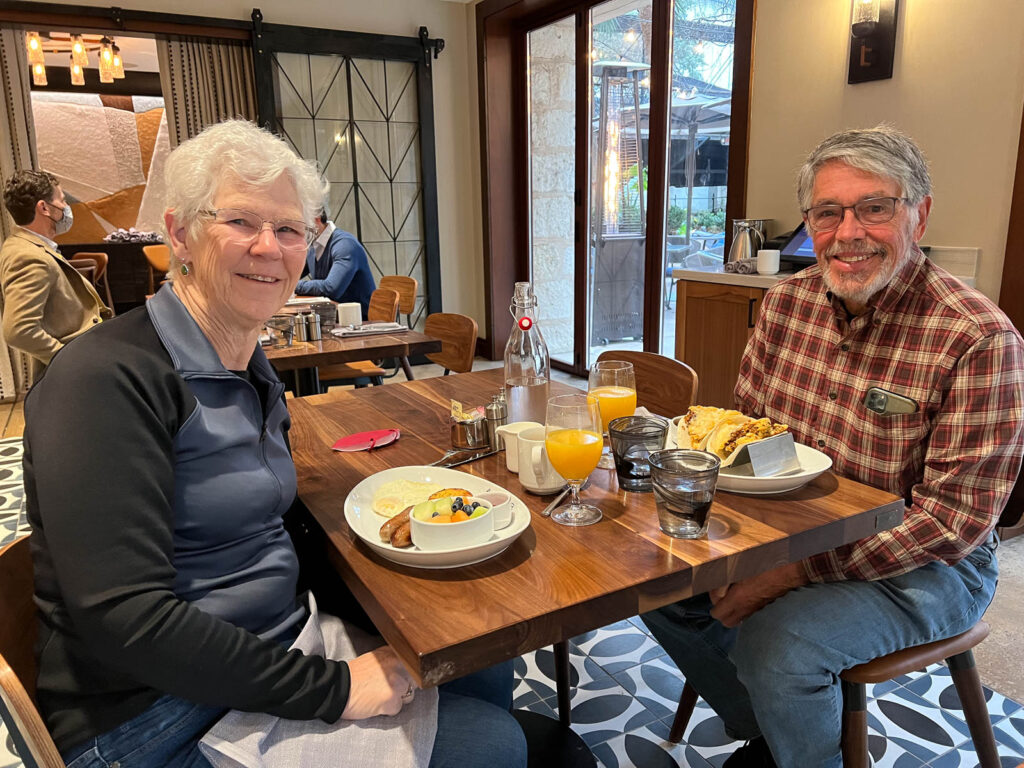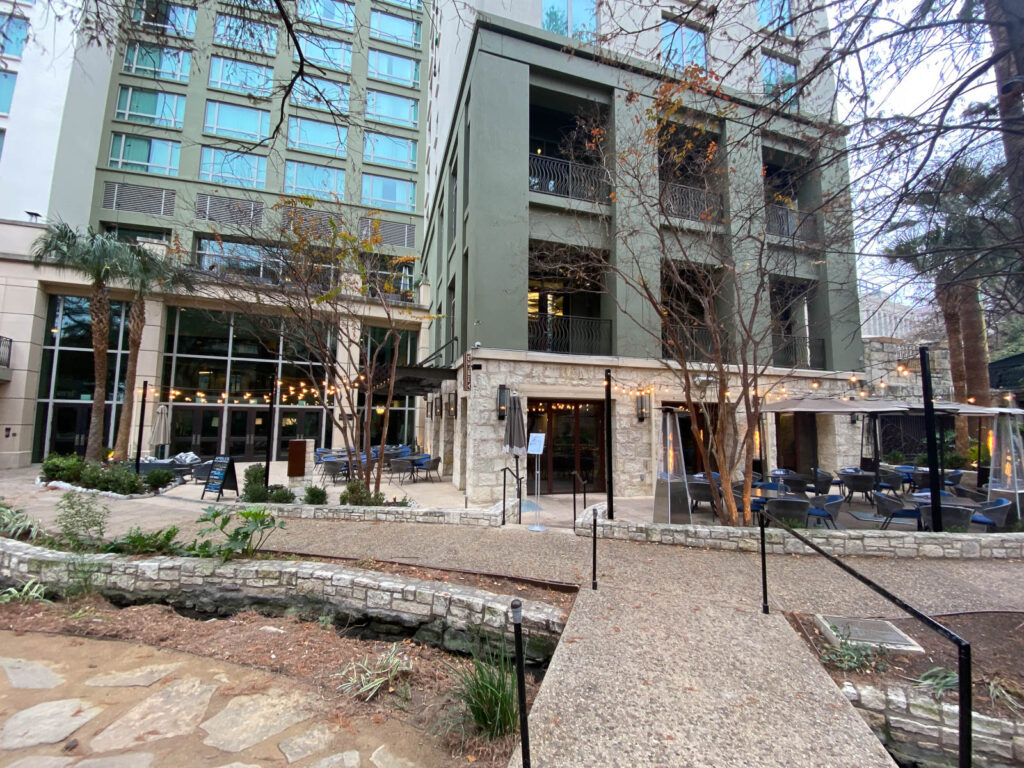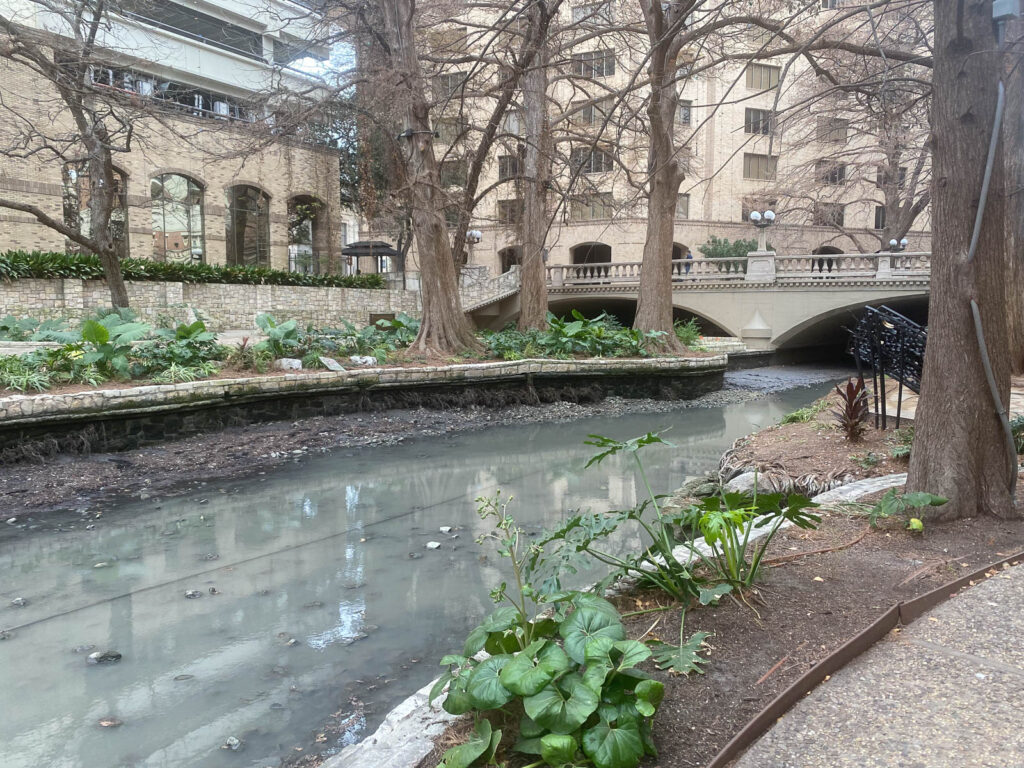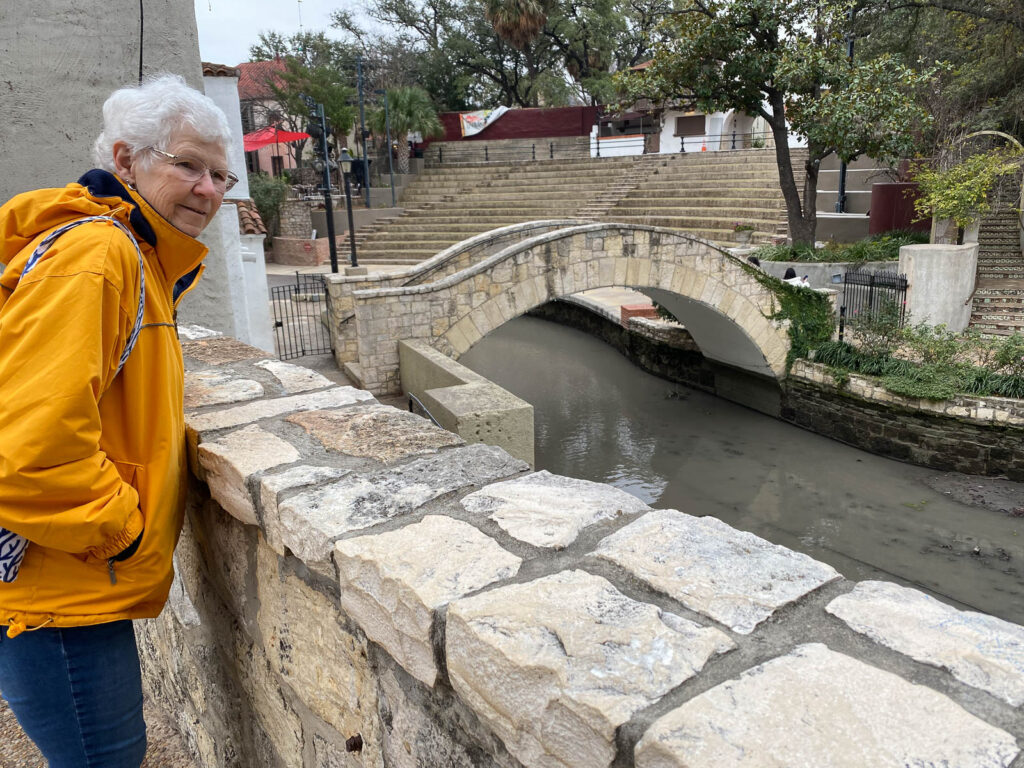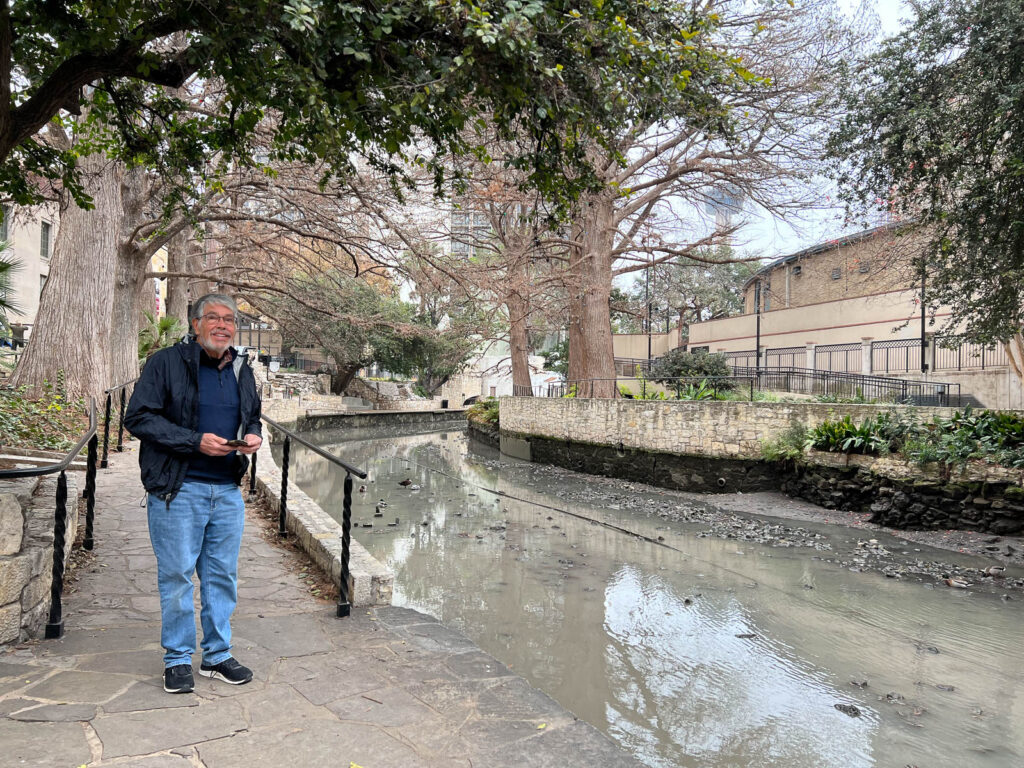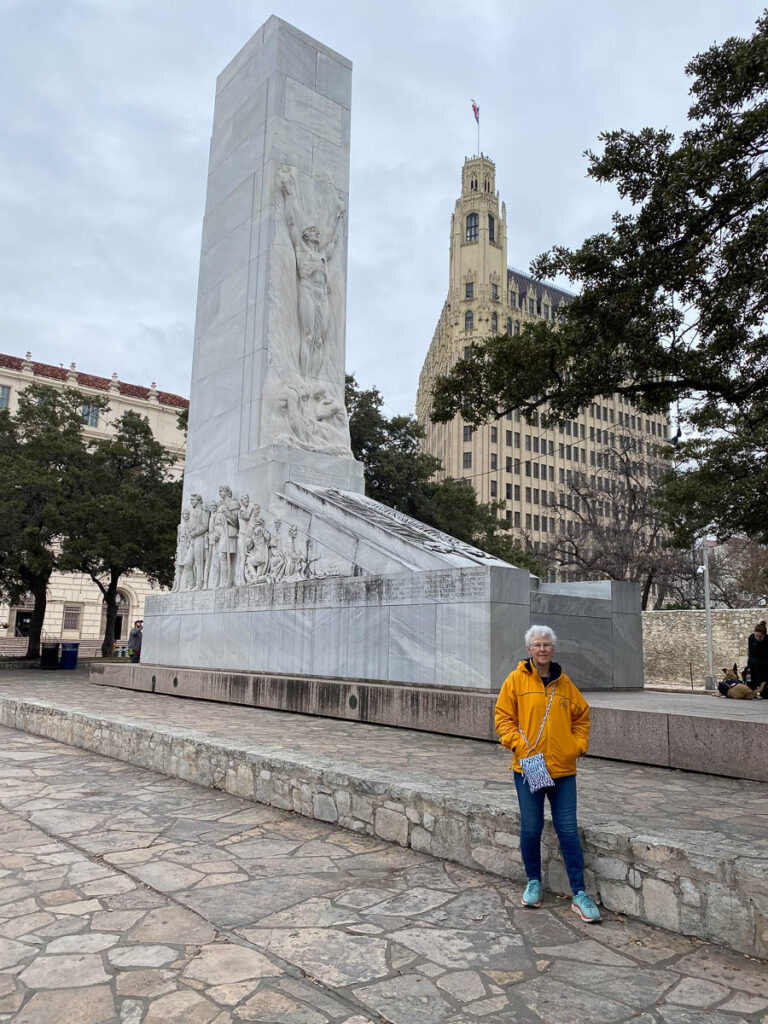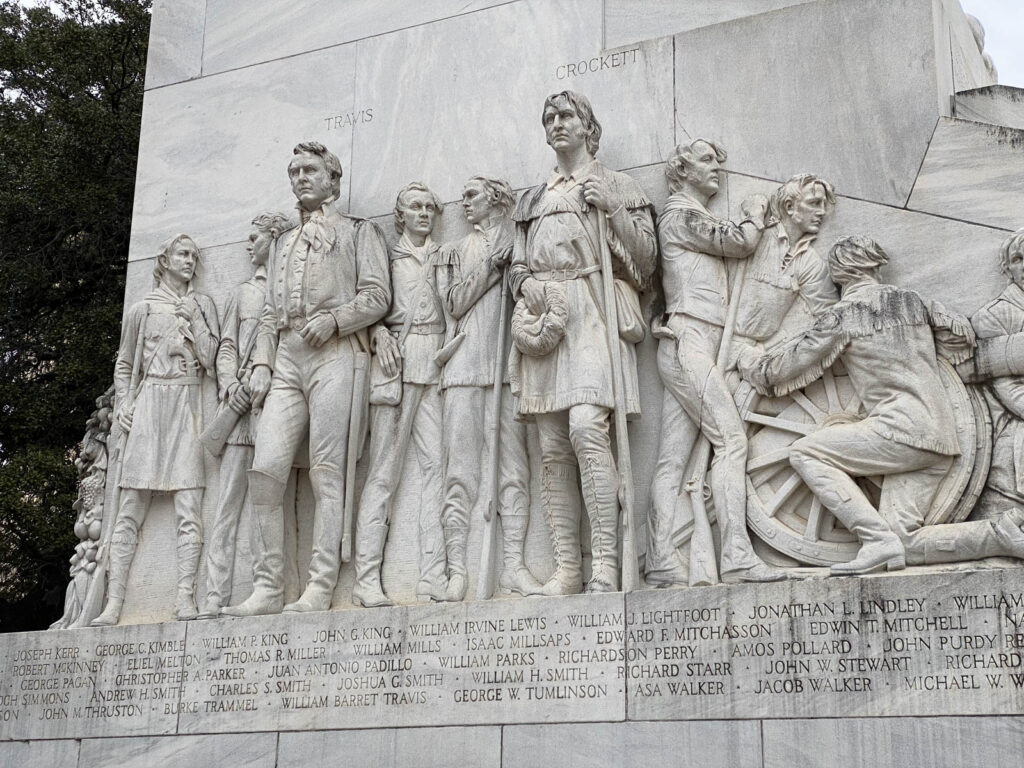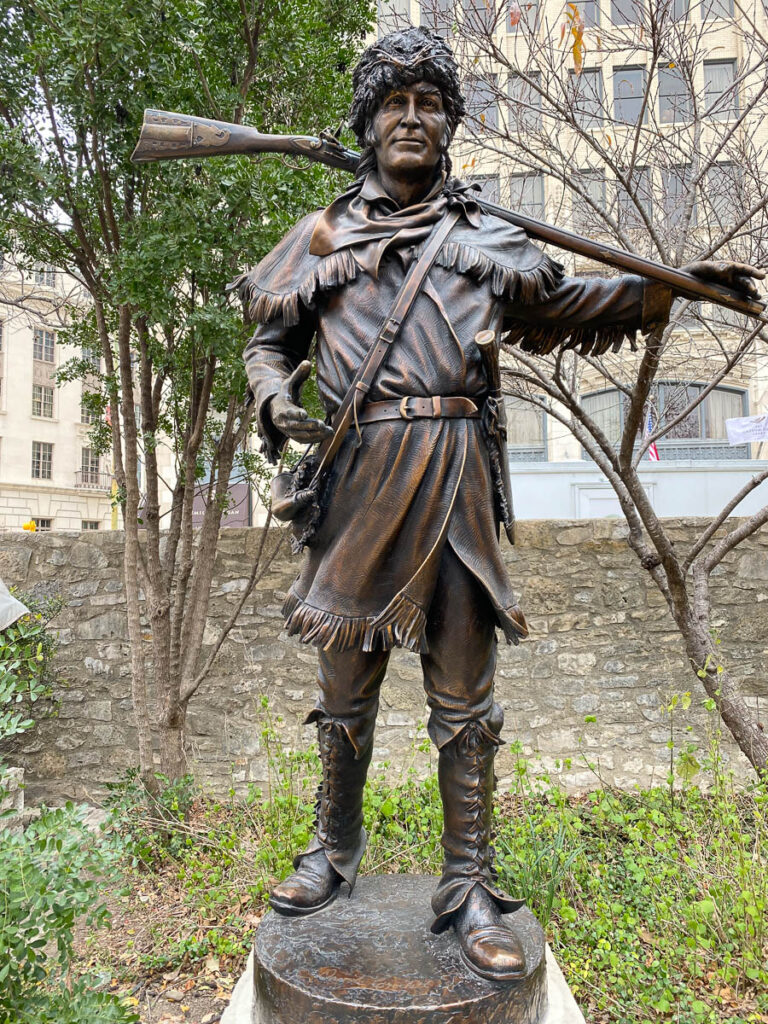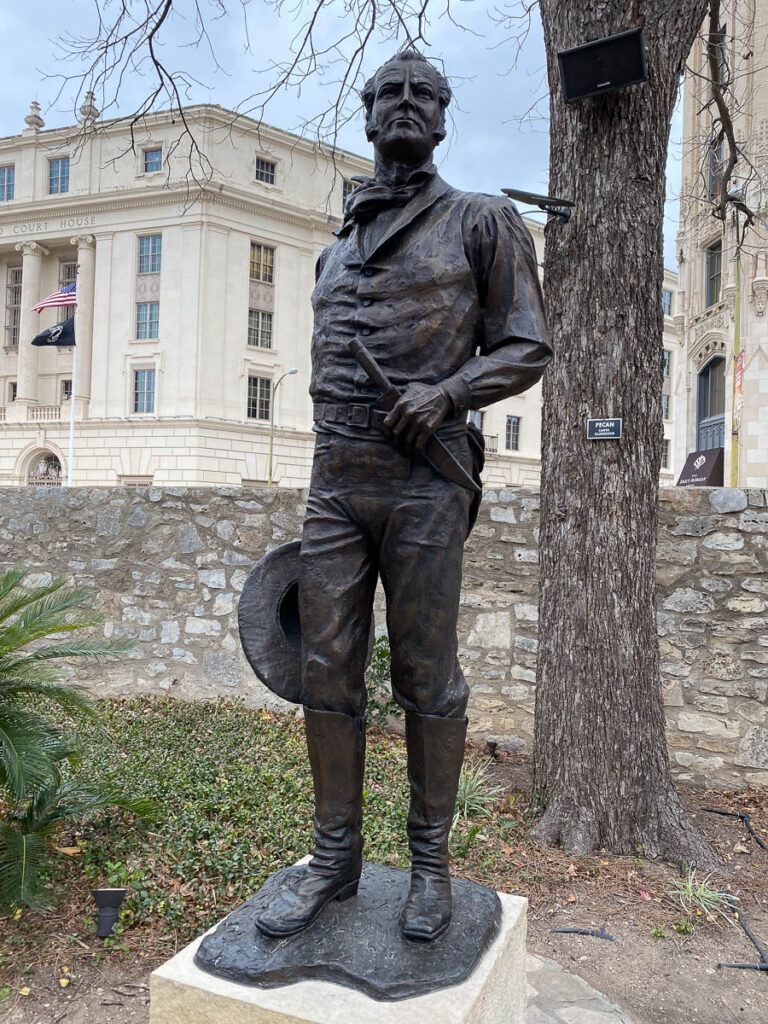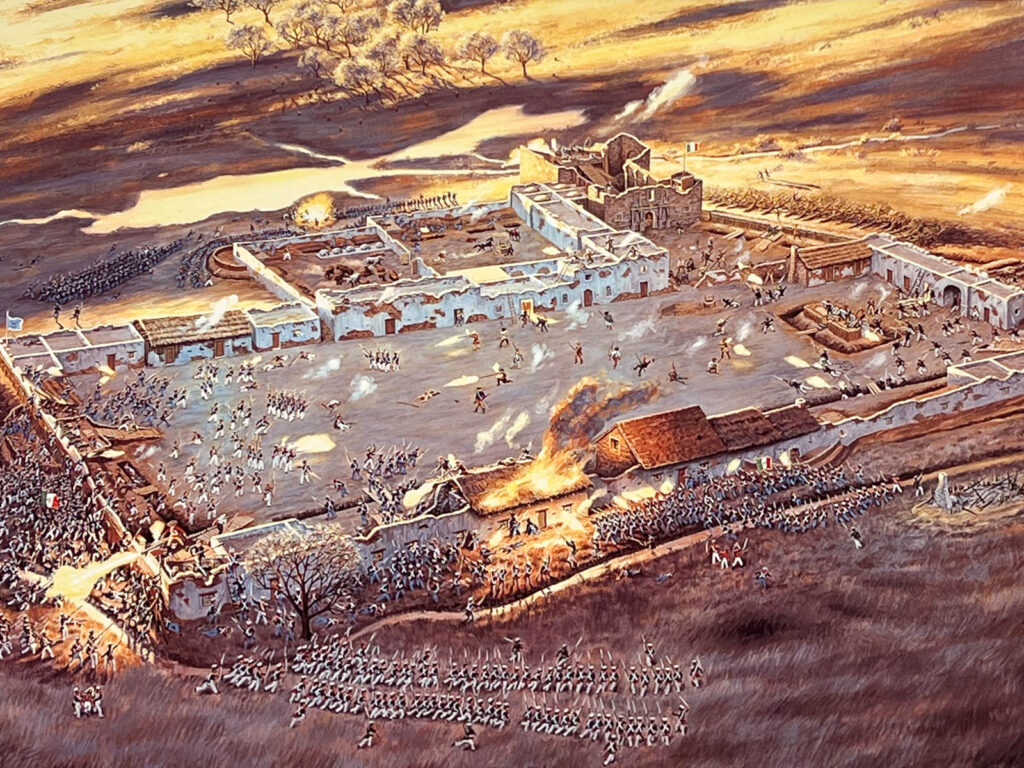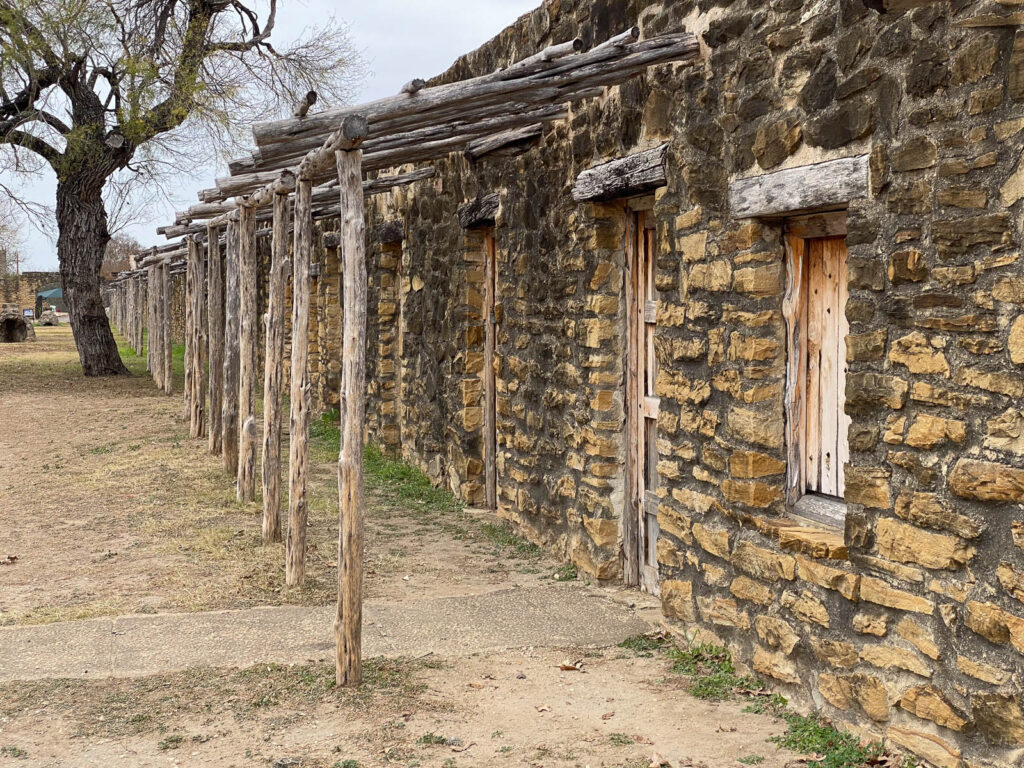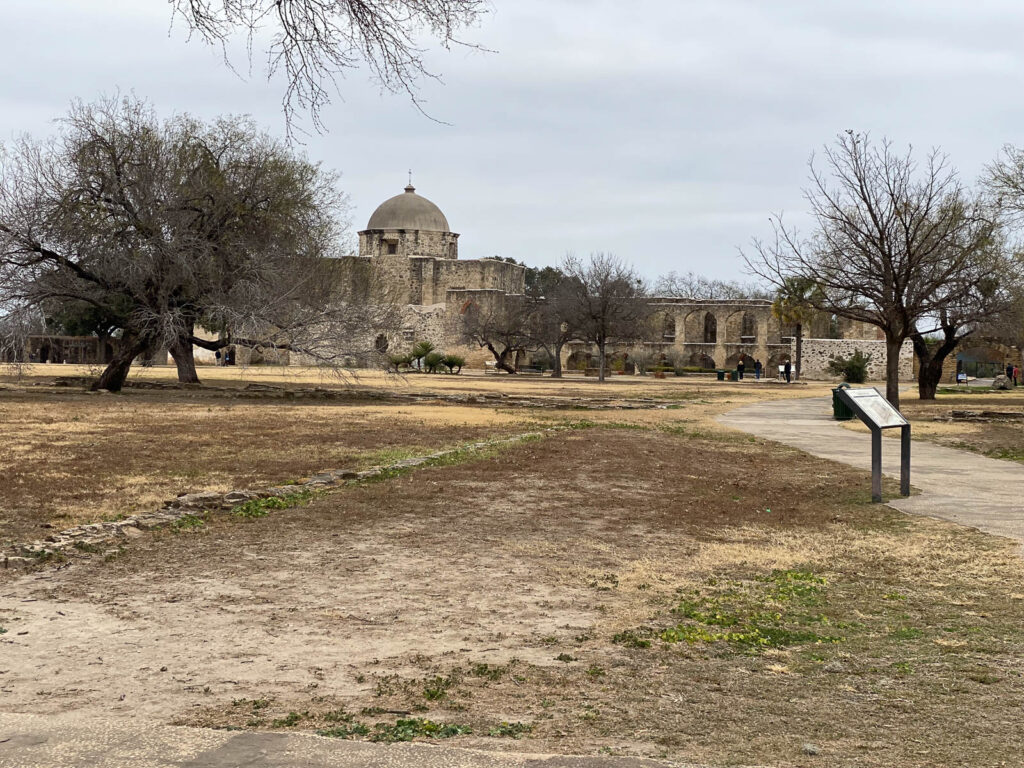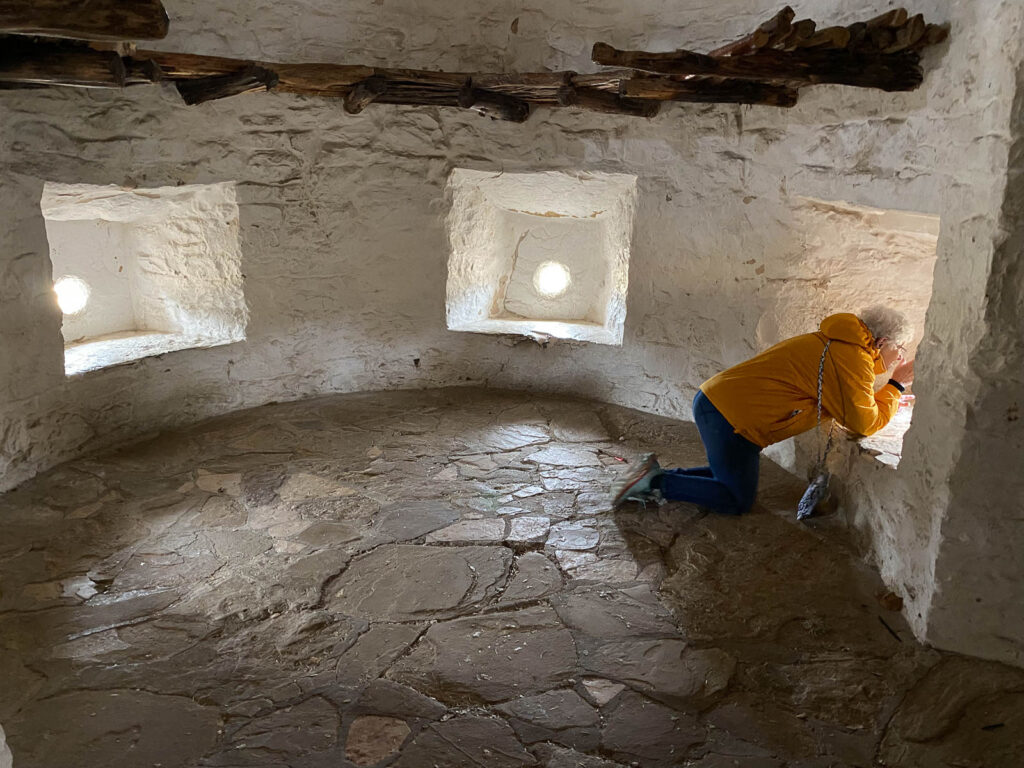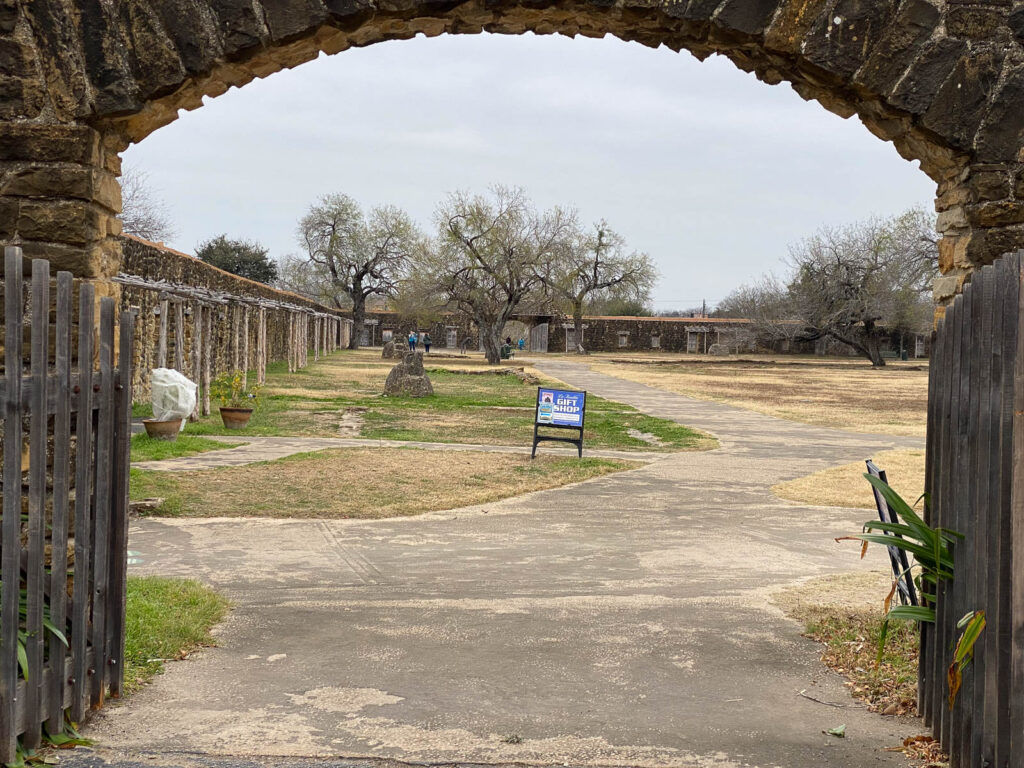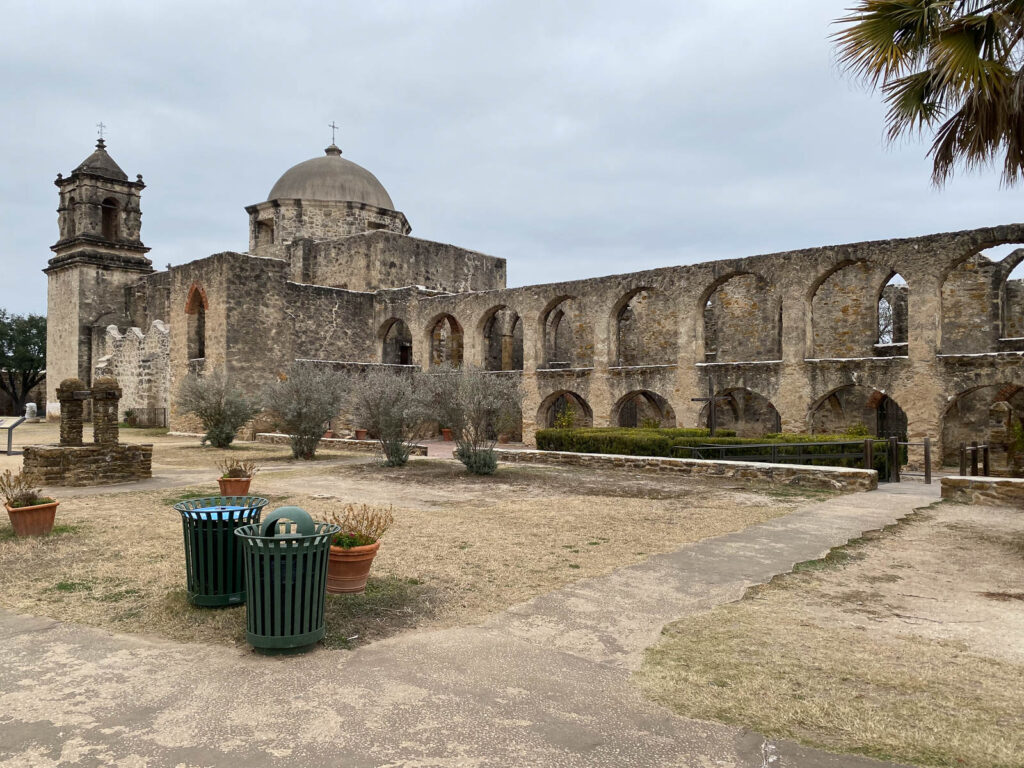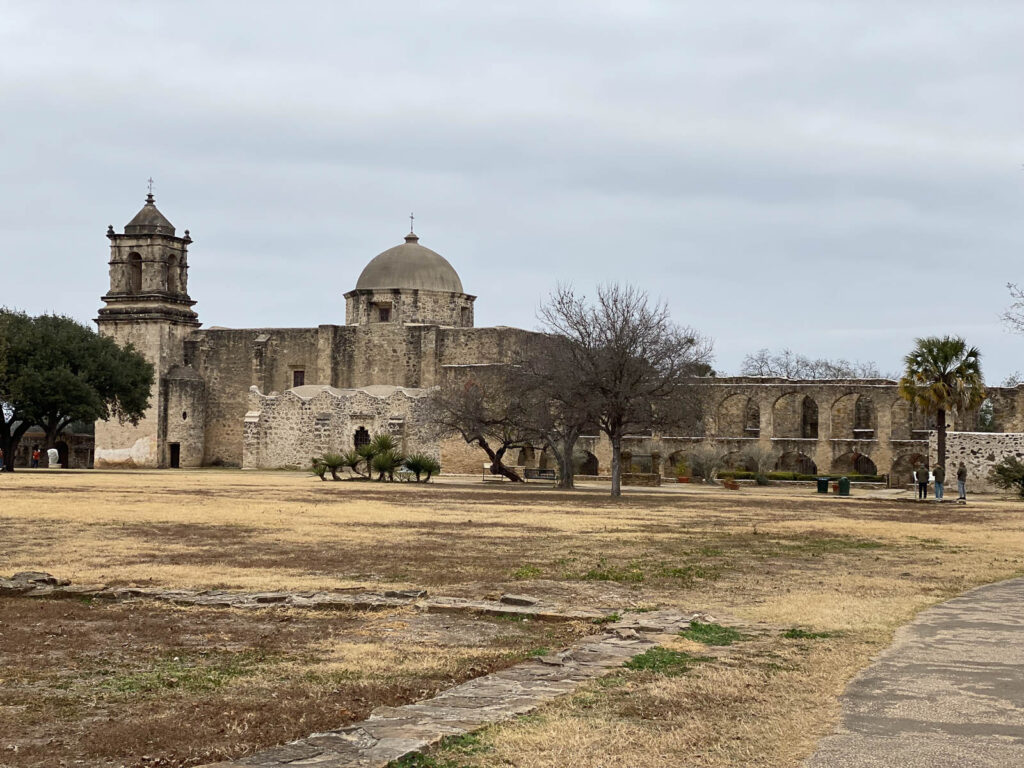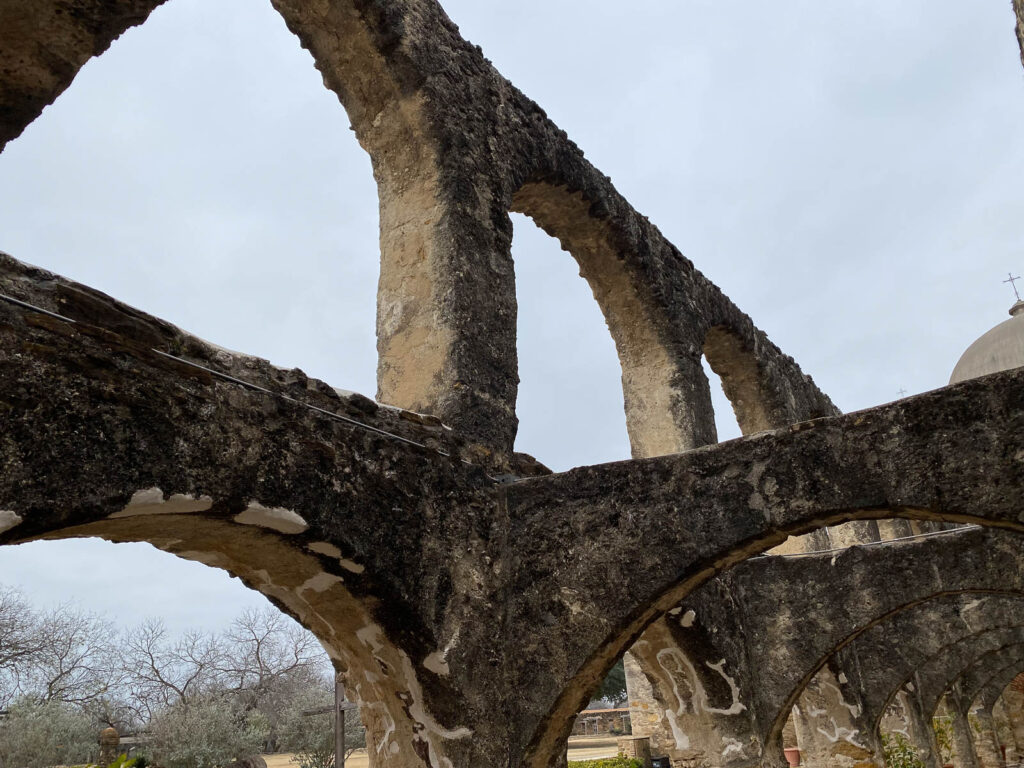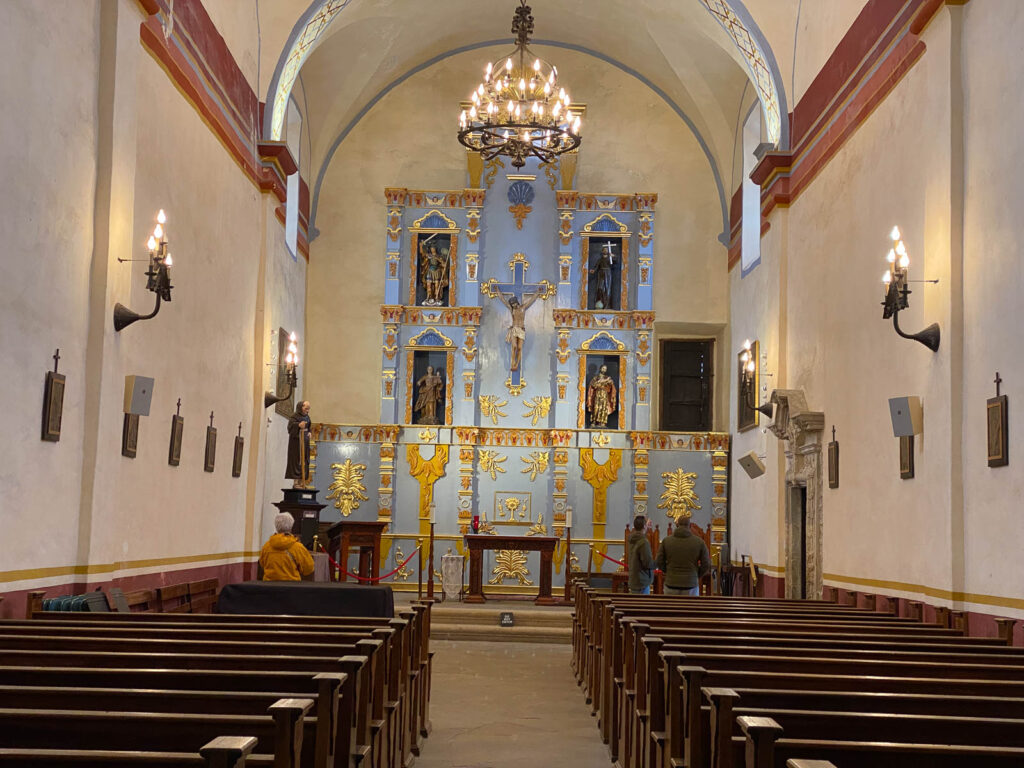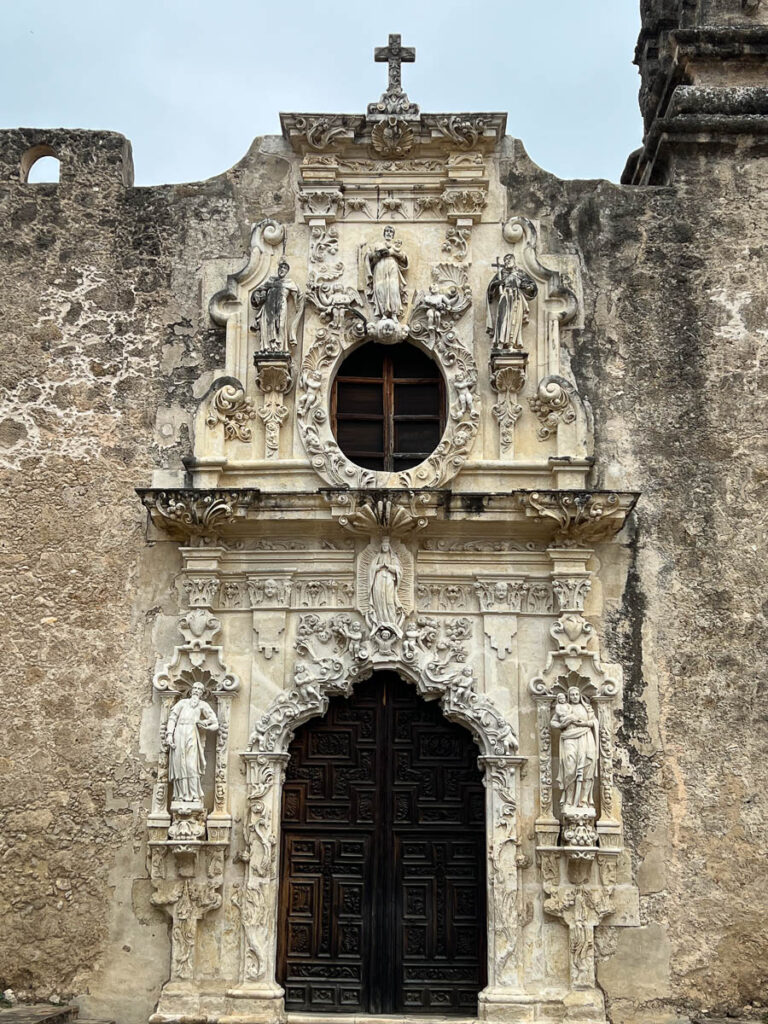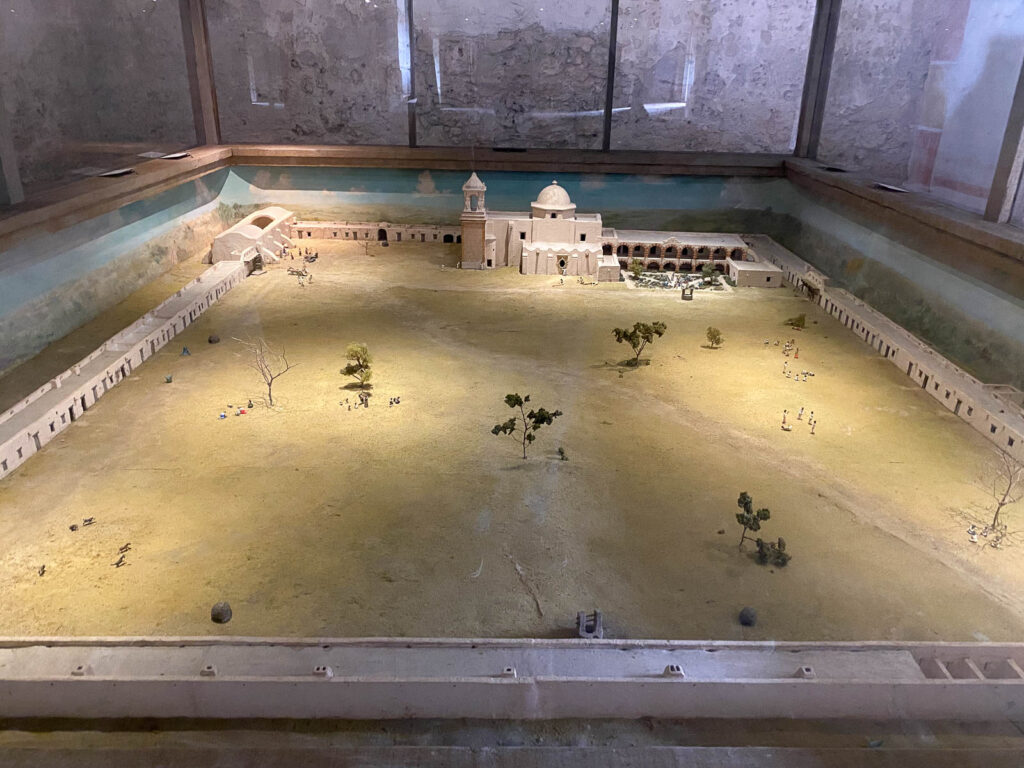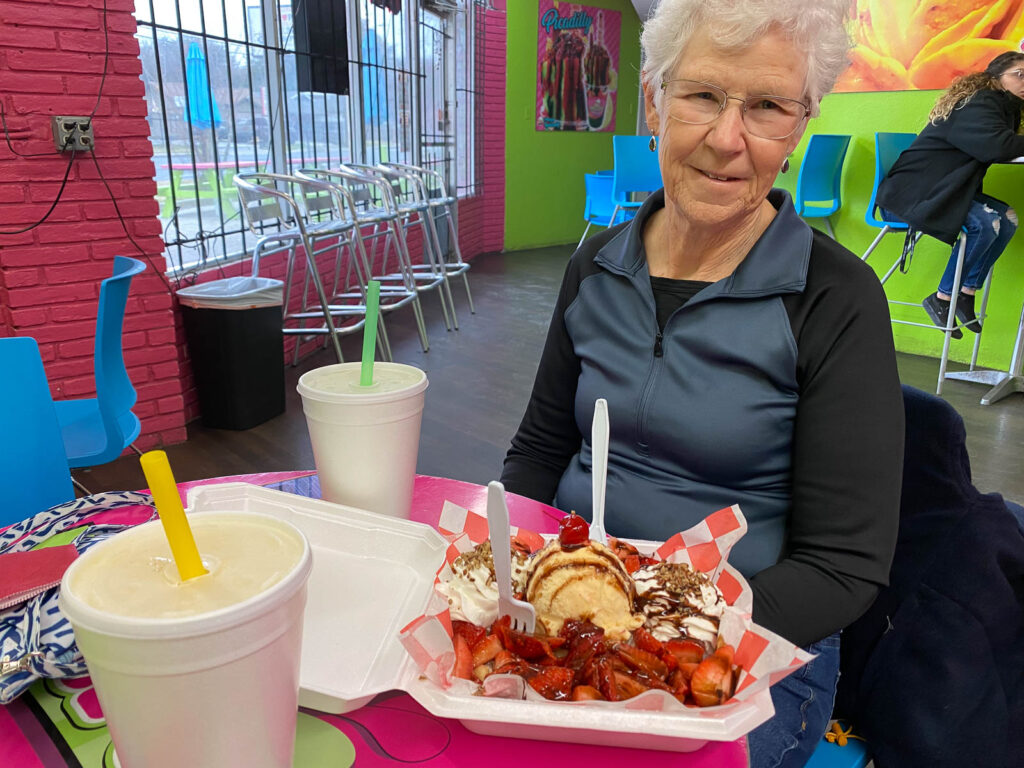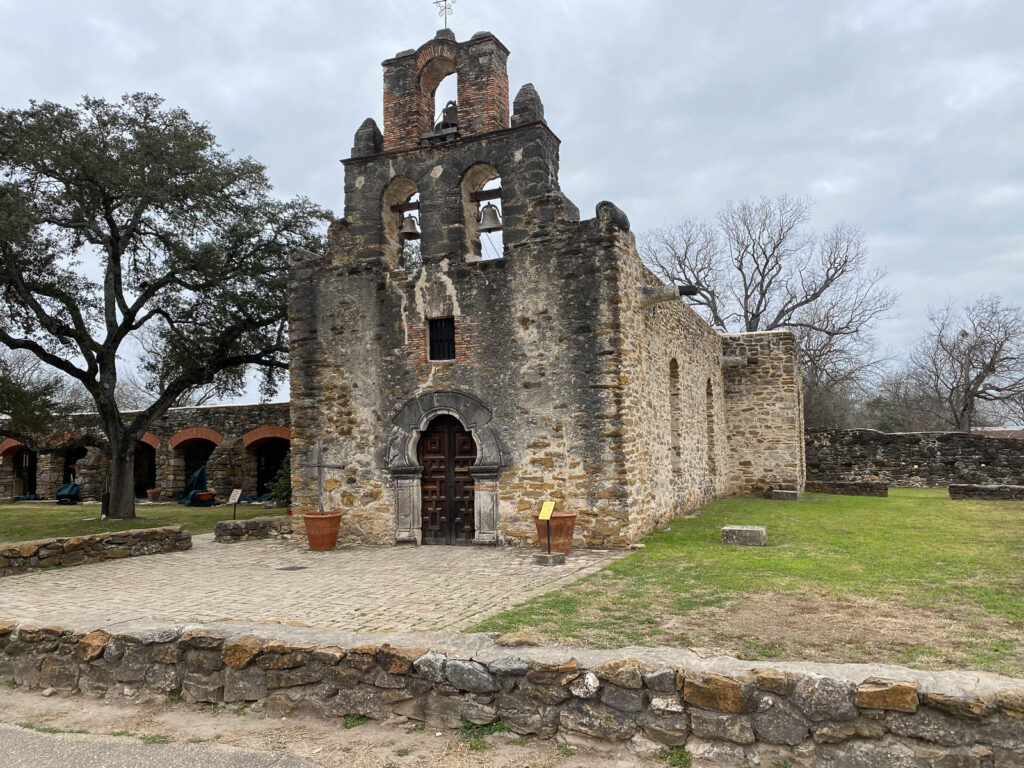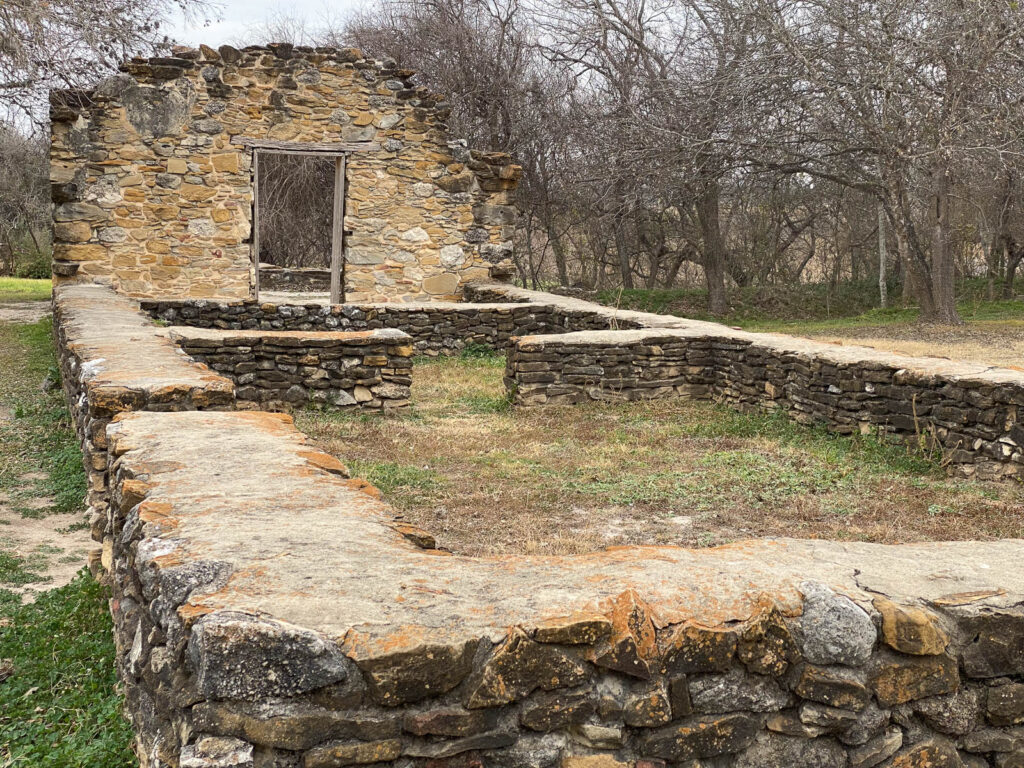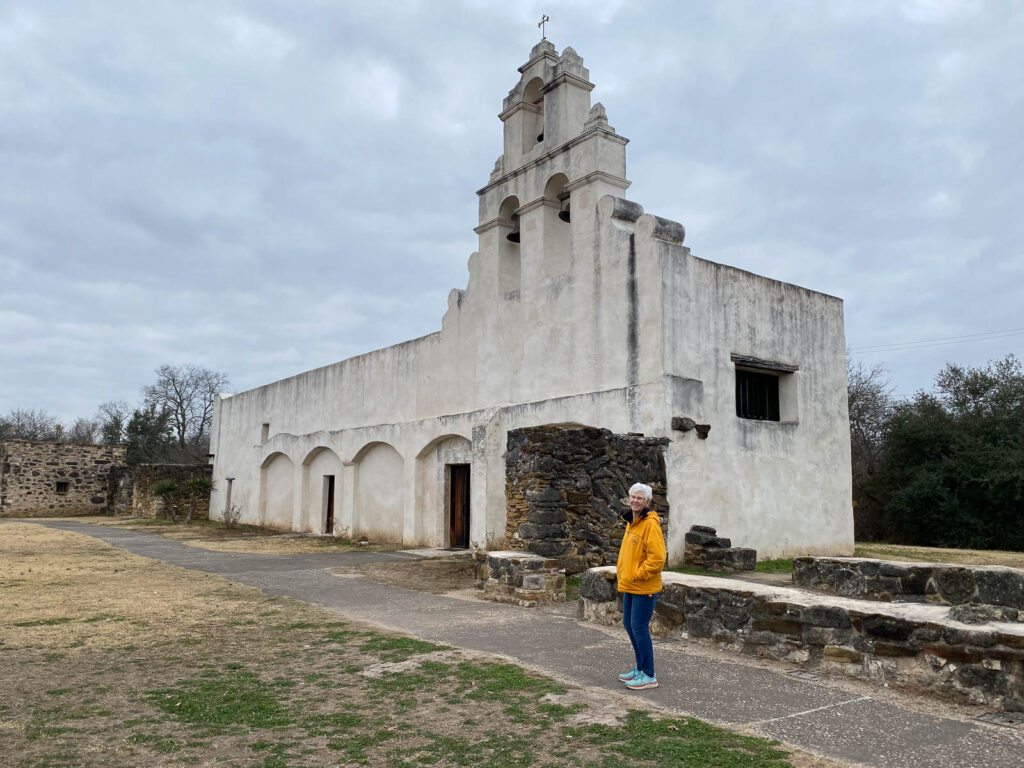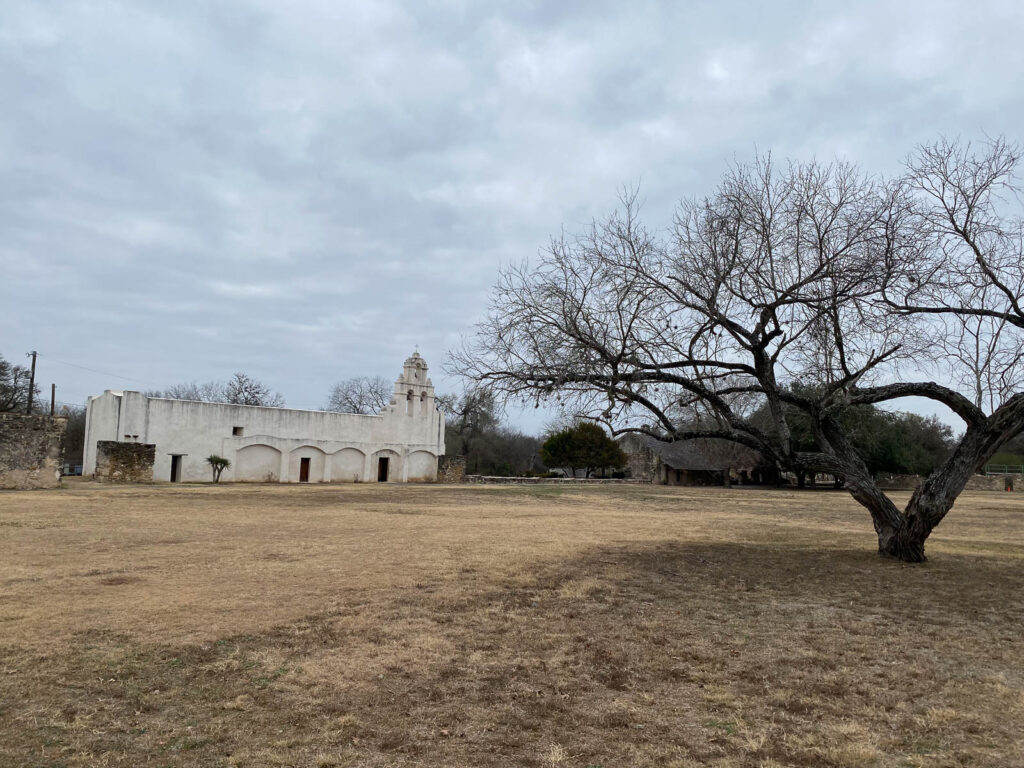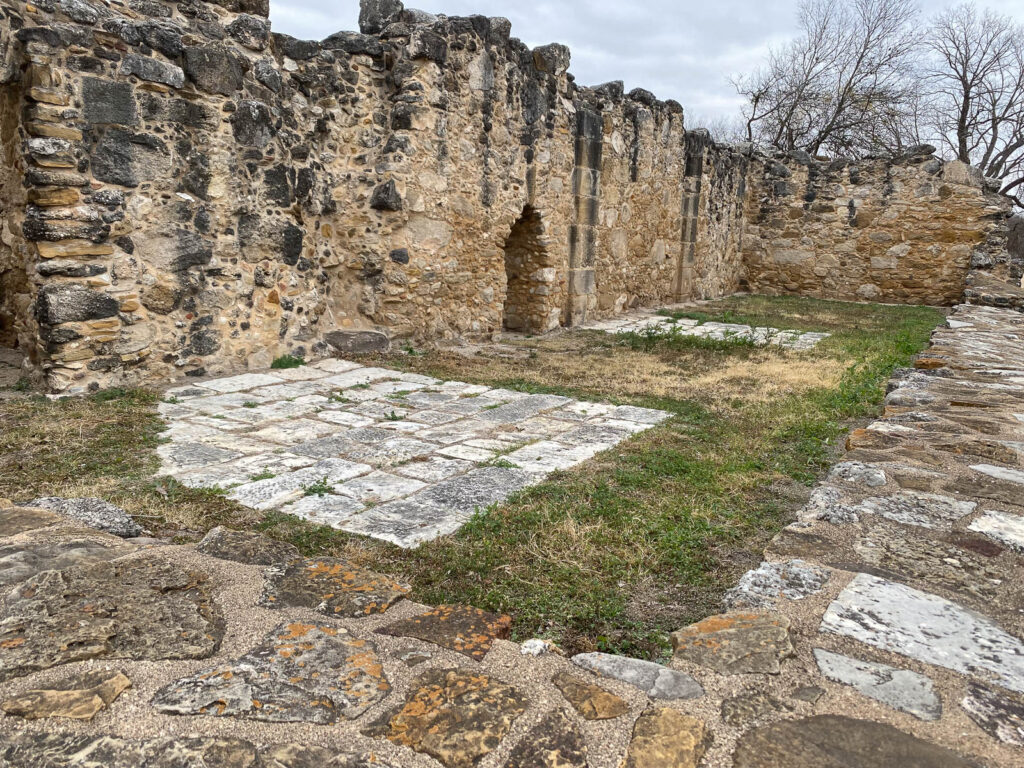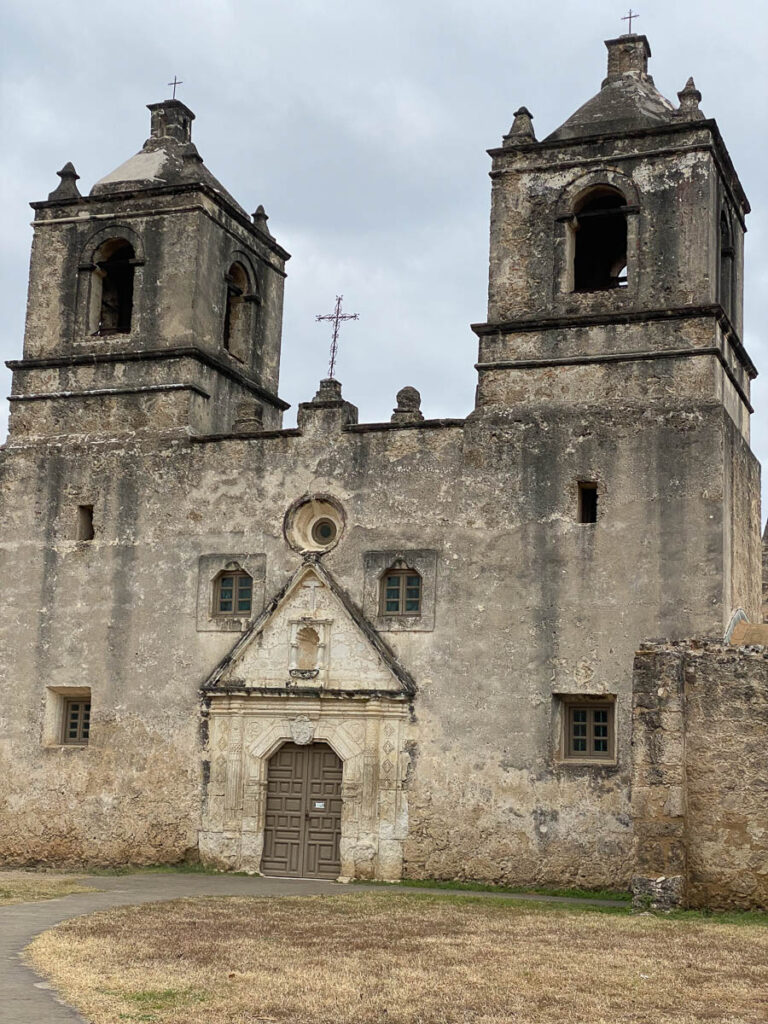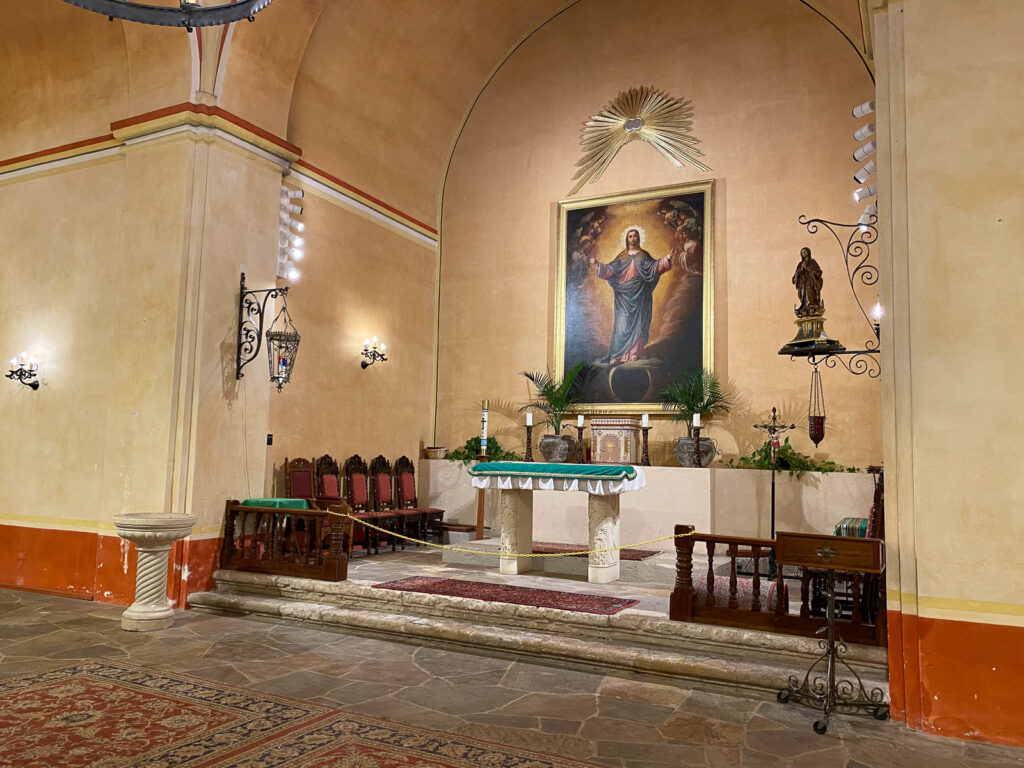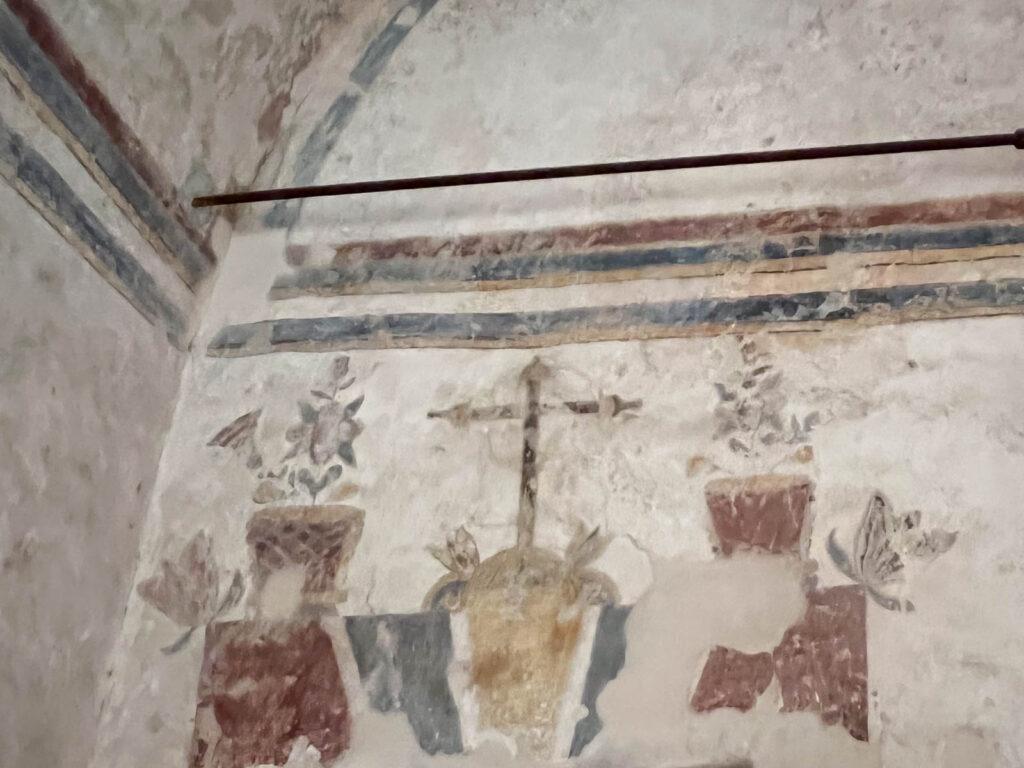OK, no more living high on the hog. No fancy hotels on the Riverwalk in San Antonio. No more Texas steak dinners and hotel breakfasts where two glass of orange juice cost as much as a Tesla Supercharger session. We’re back to serious business, tourist style. Tonight, we’re staying in the Best Western Plus in Flatonia, Texas. Really. Flatonia. Can you believe living in a town named Flatonia? Our room tonight costs just a few dollars more than what we paid for valet parking and breakfast this morning. And no $50 steaks, no siree. We paid $12 for a shared 12” sub at Subway and ate it in the car while we charged at the Flatonia Supercharger.
And I’m sorry, we’ve got to get serious about this Texas history thing. It’s complicated but after our visit to the Texas Capitol and the Alamo today I’ve got to take a stab at it. Remember, if you’re studying for a high school history test, go elsewhere. I’m giving you my befuddled version, not the truth. Although in fairness I’m not sure any historian knows the “truth” especially when it comes to Texas.
You’ve got to start with Spain. Recall that Pizzaro conquered Peru, producing untold quantities of gold and silver for Spain. Cortez conquered the Aztecs in central Mexico and produced his share of silver. They couldn’t unload the stuff fast enough back home in Seville. Spain ruled Europe; its currency was the standard of exchange everywhere. Life was good in Old Espania.
Spain extracted the gold and silver, built the fancy cathedrals and whatnot using native labor. Bring Spaniards over to do the heavy lifting? No way. The Spanish method was to “convert” native populations to European ways and Catholicism and put them to work. Free labor.
But Spain didn’t have such luck in its northern American holdings, specifically Texas. Today we visited five Spanish missions established to convert native people to become subservient Christian subjects of the Spanish King. The five missions spanned a distance of less than 20 miles, from the Alamo Mission in downtown San Antonio (site of the famous battle) southward to Mission Espada. They were generally constructed in the last half of the 18th century.
All had been “secularized” before the end of that century. Secularization meant the priests deemed the natives to be sufficiently converted. The mission buildings and land were turned over to the natives who were expected to go on growing crops, operating the blacksmith shops, and maintaining the buildings. There was little evidence of success; wishful thinking prevailed. You can see that at each mission an impressive church was built, surrounded by a collection of Indian houses built to form a wall around the mission grounds, thereby protecting against marauding Indians from other tribes. The Alamo had been secularized long before the battle and was at various times a military base thereafter.
There are lots of reasons for Spain’s failure to move north, but one was that the native tribes in today’s Texas discovered horses, the horses that the Spaniards had brought over with them. Turns out, Spanish horses were ideally suited to the plains and desert conditions north of the Rio Grande. The natives took to horsemanship like a duck to water. The Apaches, Kiowas and especially the Cheyenne became experts at riding and fighting from horseback. Bottom line: San Antonio was as far north as Spain could establish a mission and military base. These tribes continued to devil white settlers until the end of the 19th Century.
Then things fell apart back in Spain. Napoleon invaded and put his brother on the Spanish throne. Mexicans became dissatisfied with Spain’s rule under Napoleon. New Spain ultimately became the Republic of Mexico in 1821 The war of independence started on September 16, 1810, which is celebrated as Independence Day in Mexico, but took another decade to complete before Spain said “Uncle”.
Mexican government whiplashed back and forth between a republic with a federalized government like the U.S. and a centralized dictatorship. It took decades to come to some level of fragile stability.
Meanwhile, in Texas, Stephen Austin and other empresarios petitioned the Republic of Mexico to allow him to grant land in Texas to planters and ranchers from the United States. His vision was that Texas would become a state in the Republic of Mexico, peopled by English speakers and self-governed with loose ties to the central authorities in Mexico City. Mexican authorities liked the idea. They granted Austin a 10-year tax holiday. The Mexicans figured the gringos would provide a buffer between Mexico and the native Indians. Austin became a citizen of Mexico and was successful in establishing 297 families, now called the Old 300 in Texas. Anyone proving lineage back to the Old 300 is a big deal in Austin even today.
Things came to a head when Santa Ana took over as despotic ruler of all Mexico. The federalist constitution of 1824 that the gringos in Texas were hanging their hats on? Fergetit. All immigration is hereby cut off. The ultimate result: the Texan War of Independence.
The Americans in Texas entered the conflict without a standing army to speak of nor a government to call the shots. Stephen Austin was looked to for governance and to be the commanding general. He was a skilled politician but new little of war. He spent much of his time shuttling between Mexico and the U.S. seeking support for his cause.
Two battles, among several, were key and they bring us to our activities of today and our plan for tomorrow.
The Alamo, as everyone knows, is where Davie Crocket and Jim Bowie met their ends at the hand of General Santa Ana. That is true, and it is true that the Kentucky sharpshooters took out 600 or more enemy soldiers before being annihilated – all 200 or fewer Texans. Santa Ana had warned the Texans that he would take no prisoners. “Bring it on” was the reply. Santa Ana was good to his word, this time at least, and killed all enemy combatants who survived the battle.
Santa Ana hoped that his victory at the Alamo would discourage the American Texans. It did the opposite. Sam Huston took over as commander of Texan forces, whipped them into some semblance of shape and marched to the San Jacinto River just east of present-day Huston where his greatly outnumbered troops surprised Santa Ana’s. The Texans won a decisive victory, Santa Ana was taken prisoner and the War of Texan Independence was over.
OK, so much for history. I may expound on San Jacinto tomorrow after our visit, but I promise, no more big history lessons.
Our fancy-schmancy hotel last night was on San Antonio’s Riverwalk. Just our luck: they’ve drained the darn thing this week to clean it so what we saw was a four-or five-foot drainage ditch through which waters of the San Antonio River normally flow. We walked perhaps a half mile from the Hotel Contessa to the Alamo. Lots of shops and restaurants and despite the lack of water it was a fun experience. From a previous visit in warmer weather (it was 50 degrees out this morning) I know that floating down the river on a barge can be a fun way to spend the evening, especially since typically the liquid flowing is not confined to the river.

